On the occasion of the 80th anniversary of the establishment of the Ministry of National Education, now the Ministry of Education and Training (August 28, 1945 - August 28, 2025), the Hanoi Department of Education and Training (DET) Electronic Information Portal published a series of articles "80 years of education for national development".
Just a few days after the success of the August Revolution, the Ministry of National Education was established, one of the first ministries of the Provisional Government of the Democratic Republic of Vietnam. This demonstrated President Ho Chi Minh's strategic vision on education. This was also an important foundation, marking the beginning of a completely new education system.
Nationalization, scientization , popularization
The period 1945 – 1954 was a special and challenging period in the history of the nation. Immediately after the success of the August Revolution and the birth of the Democratic Republic of Vietnam, the country had to face countless difficulties: “internal and external enemies”, exhausted economy, 95% of the population was illiterate…
Right in the first meeting of the Government (September 3, 1945), President Ho Chi Minh identified eradicating illiteracy as one of the six urgent tasks. In a letter to students on the first day of school (September 5, 1945), he expressed many expectations: "Whether Vietnam's mountains and rivers become beautiful or not, whether the Vietnamese people can step up to the stage of glory to stand shoulder to shoulder with the world powers or not, depends largely on your studies."
Realizing the strategic vision of the Party and President Ho Chi Minh, the task of "eradicating illiteracy" was strongly implemented through the Popular Education Movement; turning learning the national language into a compulsory and free obligation for all people.
President Ho Chi Minh and members of the Provisional Government of the Democratic Republic of Vietnam. Minister of National Education Vu Dinh Hoe stands in the front row, second from left.
Along with that, a completely new education system was formed, based on three core principles: nationalization (using Vietnamese as the main language), scientificization (opposing dogmatic learning) and popularization (serving the majority of people). On March 2, 1946, in the first session of the first National Assembly, the Ministry of National Education was renamed the Ministry of Education.
As the resistance war spread, education underwent a strong transformation, becoming a real front with the motto "Learning to resist". The important highlight of this shift was the Comprehensive Education Reform in 1950, aiming to build a new, unified and interconnected education system, directly serving the war and the future nation-building. The reform replaced the 12-year general education system with a more compact 9-year system, and at the same time rebuilt the entire curriculum and textbooks in a practical, scientific and nationalistic direction.
Popular Education Movement - the whole country eradicates "ignorance"
Vietnamese education in the period 1945-1954 demonstrated a strong vitality and had profound changes, focusing on three main fronts in the free zone.
The Popular Education Movement was the most brilliant achievement, a far-reaching political and social movement aimed at “eradicating illiteracy”. With a creative spirit, classes were opened everywhere, using homemade materials. The movement not only eliminated illiteracy for millions of people but also served as a place to propagate the resistance line. Following that success, the Cultural Complementary Education system was formed to improve the level of those who were already literate.
During this period, despite the evacuation of schools from urban areas to rural areas and bases, the general education system was not only maintained but also expanded in scale. The number of schools, teachers and students at all three levels increased significantly. In particular, the Government established boarding schools for ethnic minority children and students from the South, demonstrating a strategic vision in training cadres.
Trieu Phong people (Thua Thien - Hue) both tread water and learn to read and write during the resistance war against France.
As for higher and professional education, right after 1945, universities were restored and switched to teaching in Vietnamese. During the resistance war, schools were evacuated to the war zone and applied the method of “learning while doing”, linking theory with battlefield practice. After 1950, training became more systematic with centers being formed and policies to send students to study in socialist countries to build a core team of scientific and technical cadres for the future.
In areas temporarily occupied by French colonialists, education became a front for ideological struggle.
The French government and its henchmen established a narrow educational system, mainly in the cities, aimed at enslaving, propagating anti-revolutionary propaganda and poisoning the youth. Schools were turned into places for surveillance, seduction and conscription, and for the repression of patriotic teachers and students.
But despite the suppression, the patriotic education movement still developed strongly. The literacy classes were still maintained secretly. In particular, the political struggle movement of students took place vigorously, typically the struggle movement of students in Saigon city on January 9, 1950.
Building a generation of "Resistance Citizens"
Established and shaped on the progressive principles of "nationalization, scientization, and popularization", education in the period 1945-1954 made Vietnamese the official language of instruction at all levels of education.
The people's confidence in the new regime was strengthened when educational movements such as Popular Education and Cultural Supplementary Education were strongly implemented. This is considered one of the most typical mass educational movements in the history of Vietnamese Education. The movement demonstrated the spirit of nationalism, solidarity, self-reliance, and self-improvement, contributing to raising the people's knowledge, serving the resistance war and national construction.
After a year of implementing the anti-illiteracy movement (September 8, 1945 - September 8, 1946), the Popular Education Congress was held in Hanoi.
Despite the fierce war conditions and the country being divided, the school system from kindergarten to university was constantly expanded. Many new types of schools were established to meet the needs of the resistance and practical requirements.
This period also marked the success of education when it trained a generation of patriotic cadres, students, and pupils, becoming the core human resource for the victory of the resistance war and the later nation-building - the generation of "Resistance Citizens".
During the period 1945-1954, the achievements of the Education sector were of great significance, not only contributing decisively to the victory of the resistance war against foreign invaders but also laying a solid foundation for the development of the Education sector in particular and of the Vietnamese people in general in the following periods.
(Documents provided by Vietnam Institute of Educational Sciences)
Source: https://sogd.hanoi.gov.vn/tin-tuc-su-kien/80-nam-giao-duc-phat-trien-dat-nuoc-bai-1-su-khoi-dau-cua-nen-giao-duc-cach-mang/ct/525/16469





![[Photo] Students of Binh Minh Primary School enjoy the full moon festival, receiving the joys of childhood](https://vphoto.vietnam.vn/thumb/1200x675/vietnam/resource/IMAGE/2025/10/3/8cf8abef22fe4471be400a818912cb85)


![[Photo] Prime Minister Pham Minh Chinh chairs meeting to deploy overcoming consequences of storm No. 10](https://vphoto.vietnam.vn/thumb/1200x675/vietnam/resource/IMAGE/2025/10/3/544f420dcc844463898fcbef46247d16)


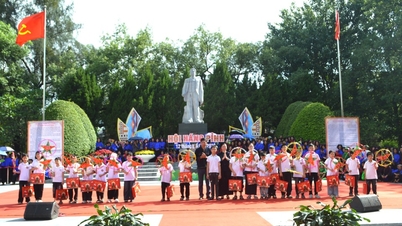

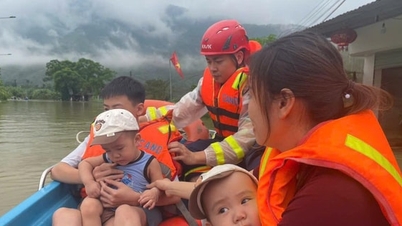

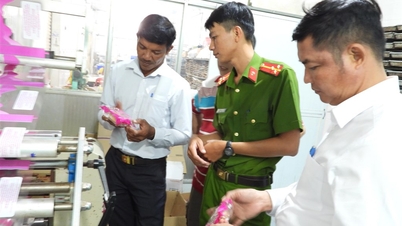


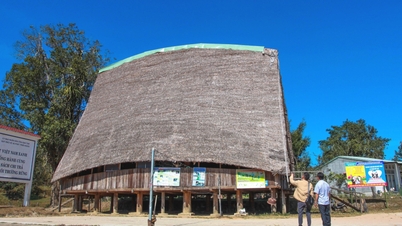

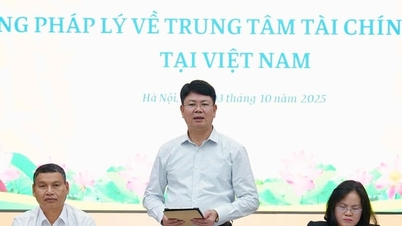




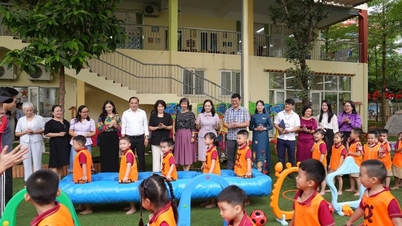

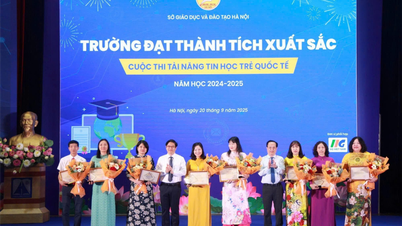
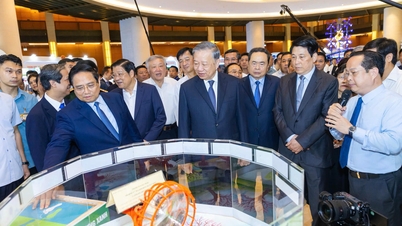
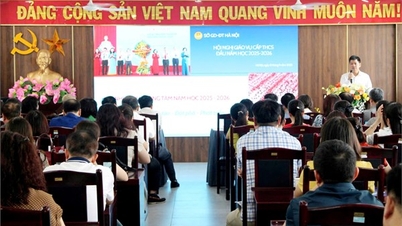
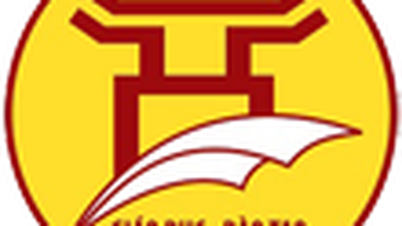













































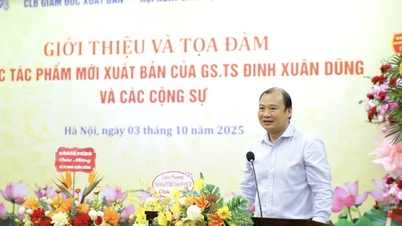


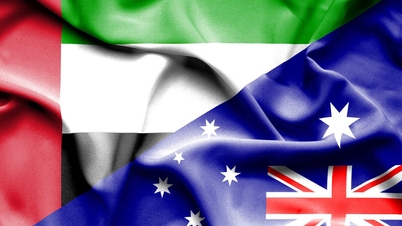
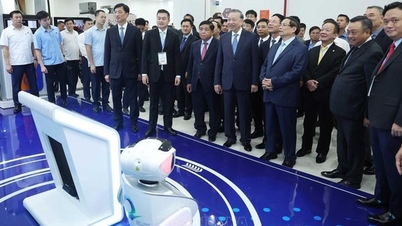







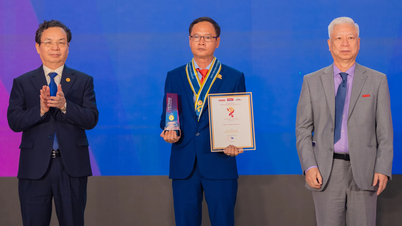

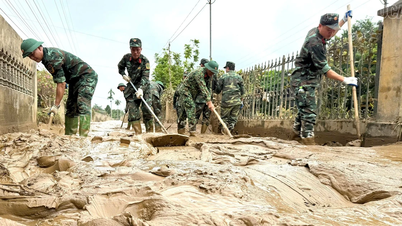
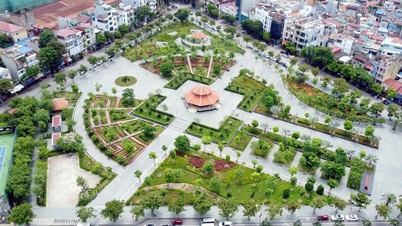













Comment (0)